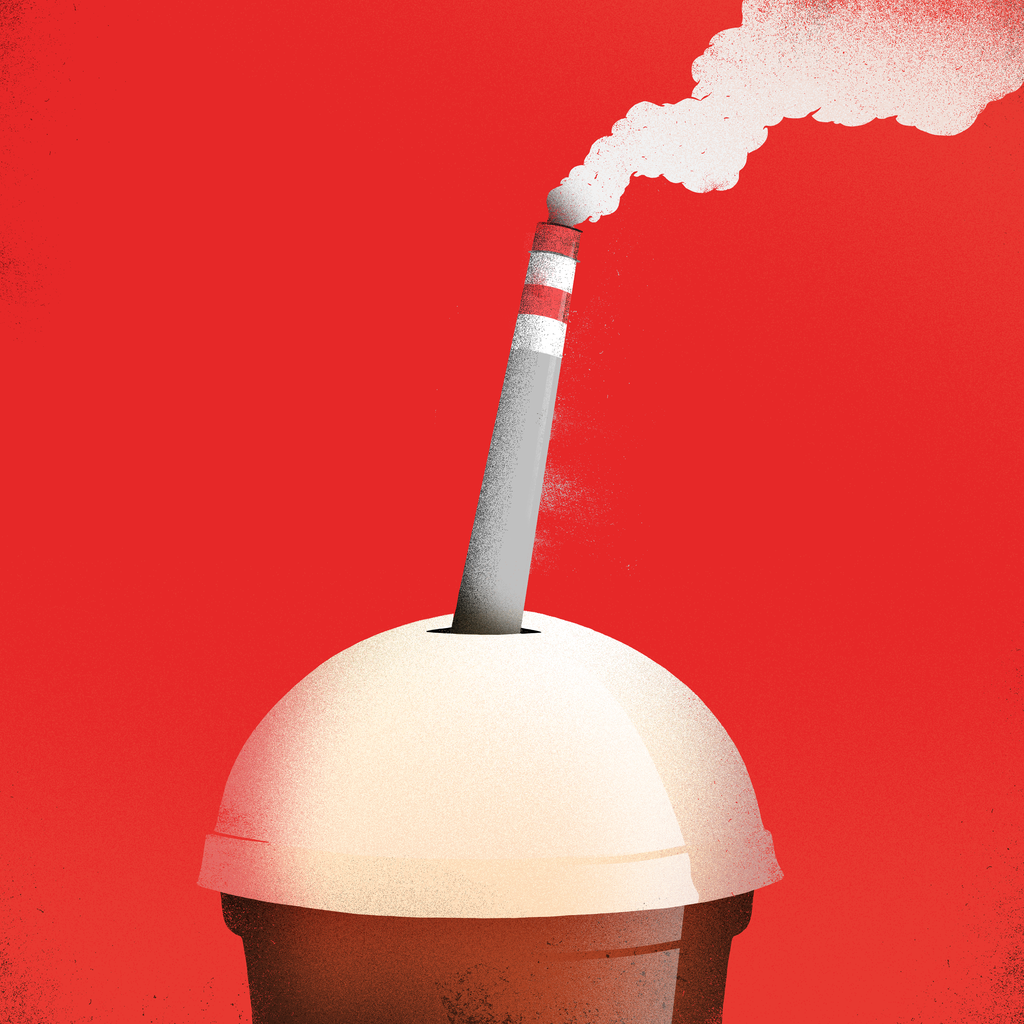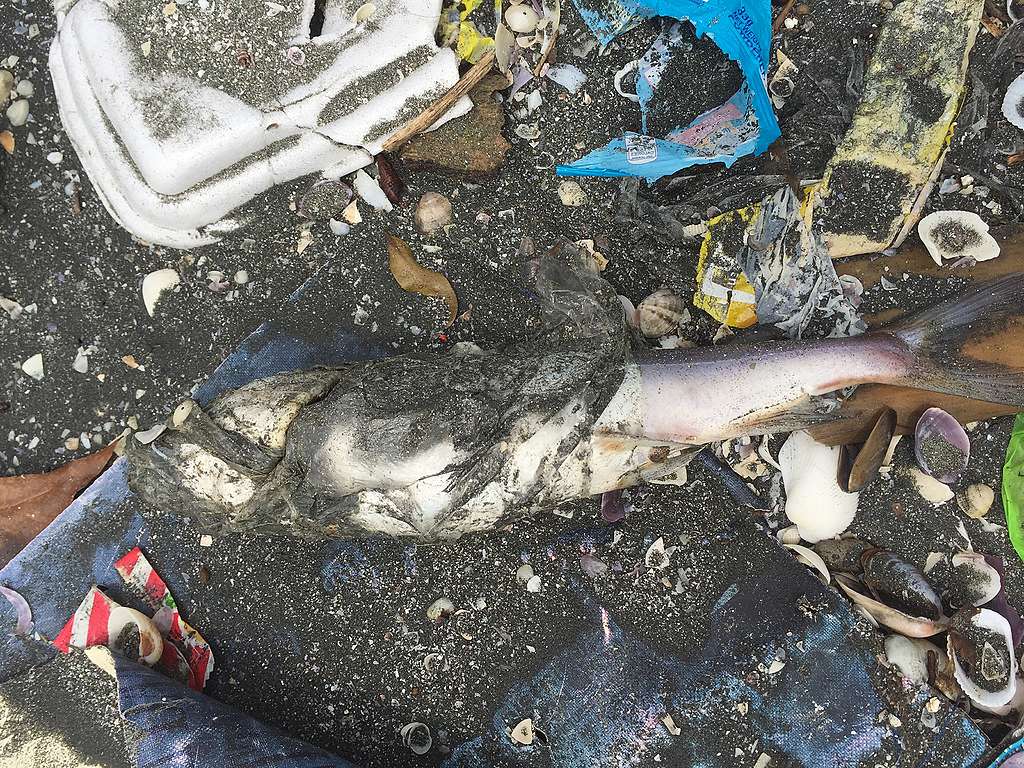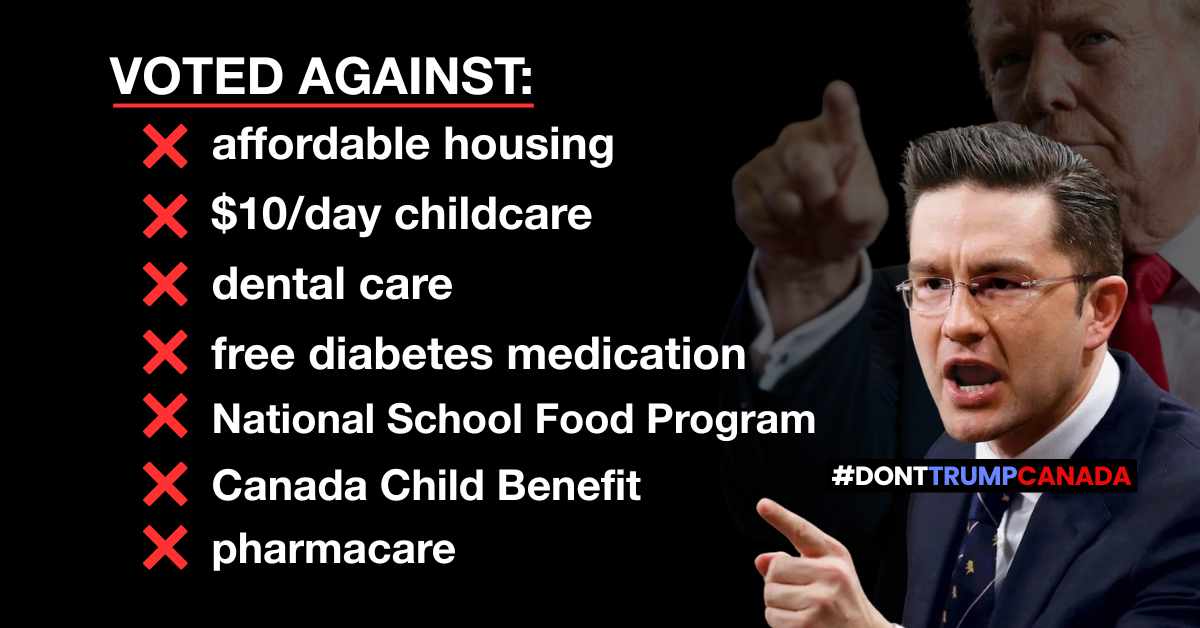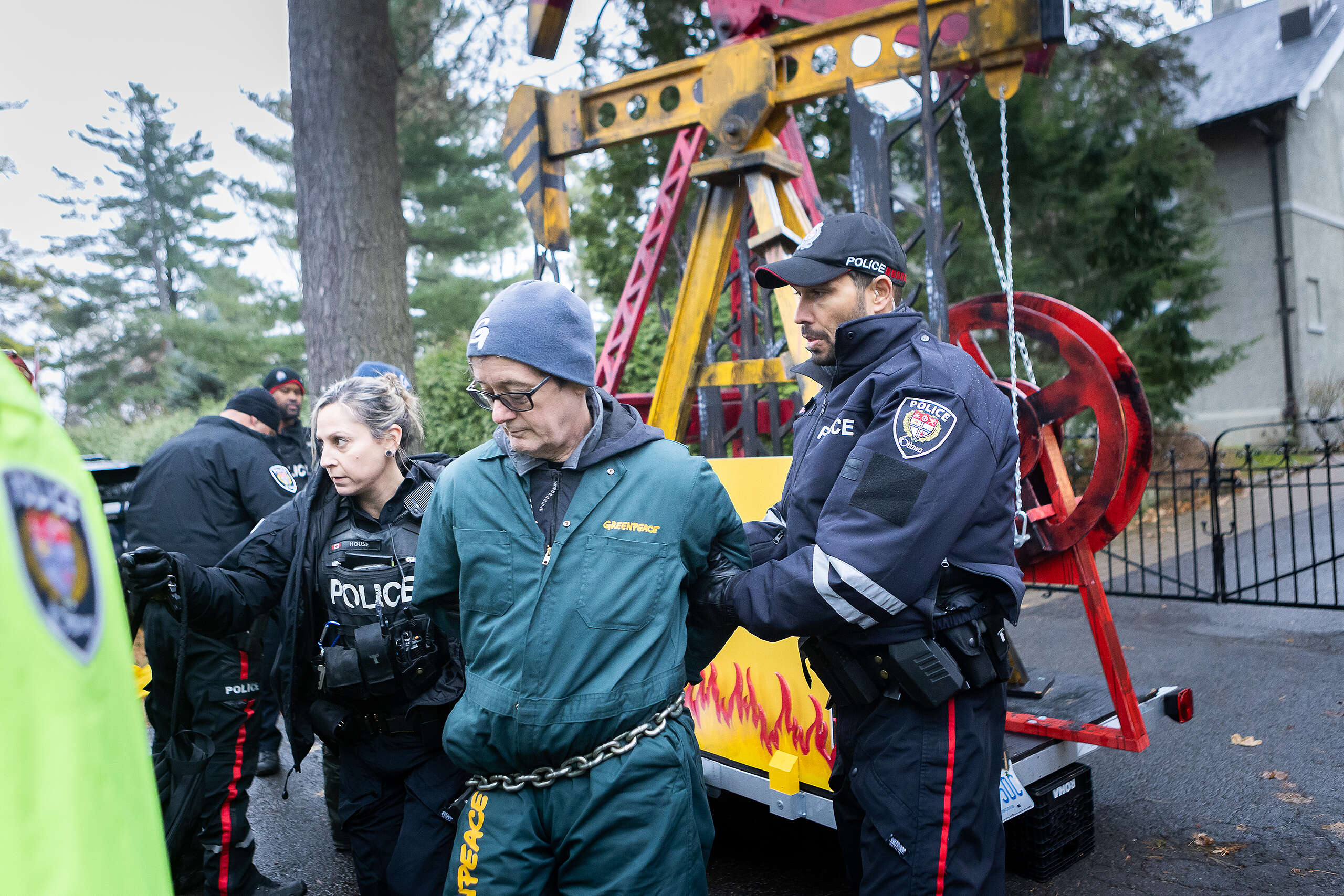As we think about our economic, societal and planetary recovery from COVID-19, it’s clear that one word stands out – health.
The health of our families, friends, communities, wildlife and natural systems. I think many of us have a renewed appreciation for things that make us feel healthy. We’ve also seen what giving the planet a bit of a breather can do for its health. As we take a step back and consider the barriers or threats to our health and the planet’s health, the list is unfortunately long. Fossil fuels have a big flashing arrow pointing at them, and so does plastic, a major oil & gas byproduct.
At every stage of plastic’s lifecycle, it pollutes. Plastic’s contribution to air, land and water pollution starts long before it becomes waste or pollution. It threatens the health of so many aspects of our lives, we just may not realize it.
That’s why when we talk about a green, just, healthier future, polluting plastics are not part of it.

Climate & Air
The climate, oceans, biodiversity and plastic pollution crises are all linked. Oceans and the wildlife within them play a critical role in regulating the climate. Emerging science suggests that plastic pollution could be negatively impacting the ocean’s ability to absorb carbon dioxide and store it deep in the ocean, which helps to regulate the climate. It’s been found that microplastic particles can affect phytoplankton’s ability to take in CO2 during photosynthesis at the ocean’s surface, and then zooplankton’s (microscopic animals) ability to transport that carbon to the deep oceans. One report by the CIEL estimates that current levels of plastic-related greenhouse gas emissions threatens the ability to keep global temperature rise below 1.5°C – the degree of warming that increases risks to humanity and the environment if exceeded. Plastics contribute to harmful greenhouse gas emissions, and hazardous air pollutants, during fossil fuel extraction and transport; plastic refining and manufacture; waste management, especially incineration; and even when it becomes pollution.
Wildlife & Ecosystems
Wildlife are suffering the most significant and frequent negative health impacts associated with plastic. Particularly in the marine environment. Those tiny phytoplankton that form the base of the food chain also mark the first link in a toxic, plastic accumulation journey affecting numerous species. It has been estimated that ocean plastics cause the deaths of hundreds of thousands of sea creatures each year. Many that do not die still may suffer reproductive issues, get injured or sick more easily, or may have a reduced appetite and be weaker. We’ve seen the awful images of impacted wildlife, and we see it in our own communities with birds and other animals eating through plastic bags or mistaking plastic for food. We don’t know the full extent of plastic’s damage on other beings, but as plastic spreads through air, water and soil, it’s an added threat to all biodiversity.
Healthy ecosystems rely on balance, and pollution associated with plastic and its chemical additives tip that balance. Habitats are being degraded, disrupted and suffocated, soil is being contaminated, and the natural chemistry is being altered. Plants and animals cannot thrive and often do not survive in the long term in polluted and destroyed habitats.

Us & Our Communities
Plastic materials often include chemical additives that serve a particular function for the plastic’s desired use. Unfortunately, many are associated with health concerns, and the impacts of countless others aren’t even known. Some of the most common chemicals including phthalates and the more well-known Bisphenol A (or BPA) have been linked to various diseases including cancer and infertility. Plastic materials including polystyrene (styrofoam), polyvinyl chloride (PVC) and plastic with the #7 recycling code are associated with increased leaching of chemicals.
Even though we interact with plastic in so many aspects of our lives, we still do not know its full impact on human health. What we do know is that we are exposed to many toxic chemicals and microplastics through inhalation, ingestion, and direct skin contact, at every stage of plastic’s lifecycle. Microplastics, nanoparticles of plastic and chemical additives have been found in the food we eat, the air we breathe, and the water (both tap and bottled) we drink. Microplastics have been found in human stools, showing how pervasive plastics are in our environment and the need for additional studies on the implications of microplastics for humans. (Here’s a good review of human health concerns) We also know that low income communities face more health impacts near plastic production sites, have greater exposure to toxins and waste, and bear the brunt of the impacts of improper plastic disposal and incineration. Fossil fuel production and disposable plastic models have a legacy of environmental racism, exploiting and further straining vulnerable and marginalized communities.
A healthier future is a low-carbon, #PlasticFreeFuture
As we work to close the gaps in our collective knowledge on health and plastic, we must take a precautionary and prudent approach to its use. We must look at plastic’s non-essential functions and start weeding out the types of plastic that we know are posing the most pervasive and urgent threats to health in all its forms.
Single-use plastic proponents’ false narrative about plastic’s alleged gold star in safety is about convincing us that we need all types of throwaway plastic. They’ve pushed this long before the COVID-19 pandemic, and they’ll do it long after. But before the pandemic, a growing movement of people were tired of plastic being pushed on us.
Then the federal government pledged to ban single-use plastics by 2021.
The federal ministers of environment and climate change, and health are responsible for regulating plastics. Why? Because it’s an urgent health issue for people and the planet. As the government creates stimulus packages, we need to create the conditions for a brighter future. We need Minister Wilkinson and Minister Hajdu to stay the course on declaring single-use plastics as Toxic and banning a comprehensive list of throwaway plastics, as a key step toward a transition off our polluting fossil fuel economy. For that full ban list, check it out here.
Join the over 5K people who have already sent an email to Minister Hajdu, Minister Wilkinson and the Cabinet Committee on Environment and Economy and take a couple minutes to send your support for a comprehensive single-use plastic ban list, and an indirect vote for a green and just recovery.




Discussion
I looked at your 5 actions and can't figure out how to do the post to the MPs facebook pages. I would love to do this. The history of plastic documentaries look really good. When I was 17 i got in underage to see "The Graduate" - Dustin Hoffman & Anne Bancroft - and there is a scene early on in the movie where Dustin is lolling around at his graduation party, hosted beside his parents pool, where one of his Dad's friends asks him about his future prospects and recommends, "Plastics, plastics my boy". A wonderful scene. I hope it it part of the "history" because it shows how misguided we were so early on.